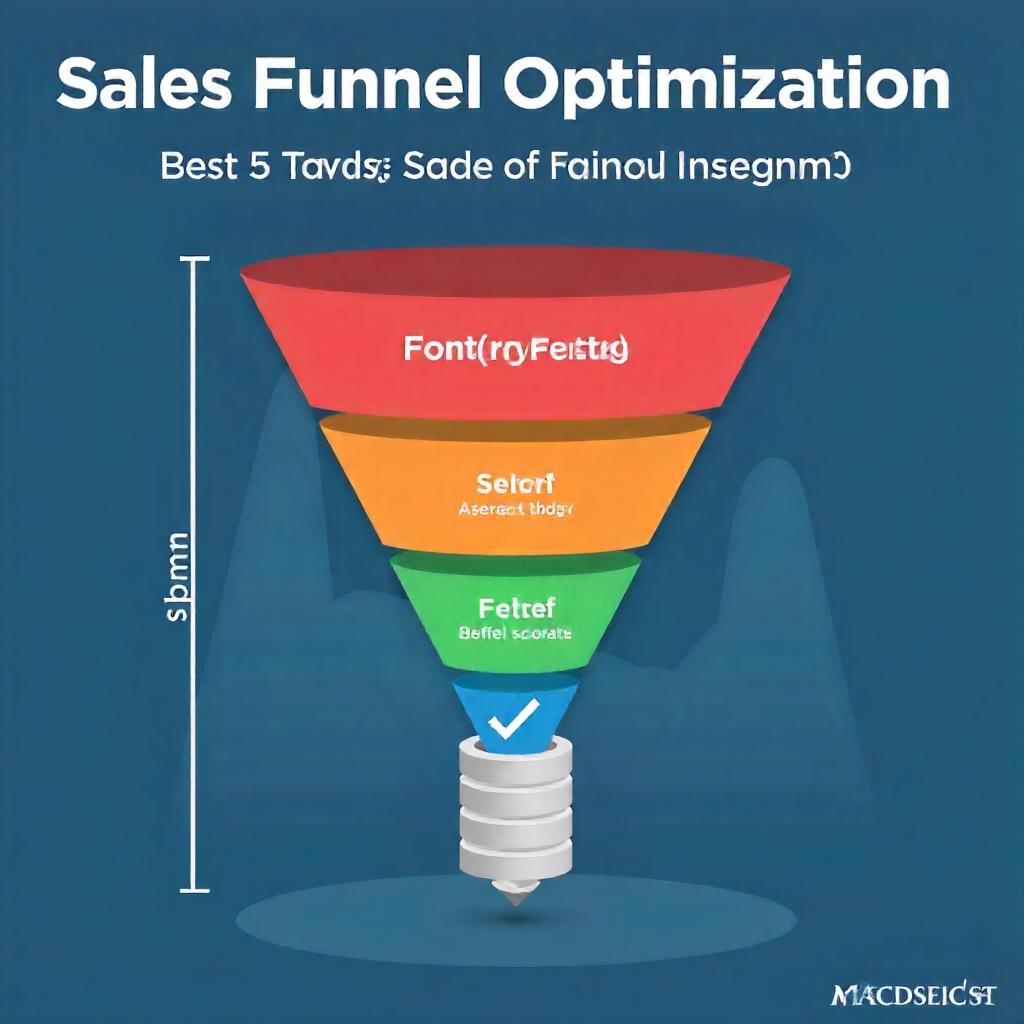A sales funnel represents the journey customers take from their initial interaction with your brand to making a purchase. Optimizing this funnel is critical to boosting conversions, minimizing drop-offs, and enhancing overall customer satisfaction. Sales funnel optimization involves analyzing each stage of the funnel and implementing strategies to improve performance.
1. Awareness Stage: Attracting the Right Audience
The awareness stage is where potential customers first learn about your brand, products, or services. The goal here is to attract a high-quality audience that aligns with your offerings.
Digital Marketing for Beginners: Learn Affiliate Marketing and Facebook Ads
- Targeted Advertising: Use platforms like Google Ads, Facebook, and LinkedIn to reach specific demographics based on interests, location, and behavior.
- SEO Optimization: Ensure your website ranks high in search engines by using targeted keywords, creating valuable content, and optimizing meta descriptions.
- Engaging Content: Leverage blogs, social media posts, videos, and infographics to capture the attention of your audience. Focus on addressing their pain points and showcasing your expertise.
- Brand Storytelling: Share your brand’s mission and values to resonate with potential customers emotionally, creating a strong first impression.
2. Interest Stage: Keeping Visitors Engaged
Once you’ve captured attention, the next step is to nurture interest by providing compelling content and building trust.
- Lead Magnets: Offer downloadable resources like eBooks, checklists, or whitepapers in exchange for email addresses. This helps you capture leads while providing value.
- Interactive Content: Use quizzes, polls, or calculators to engage visitors and encourage them to spend more time on your website.
- Email Marketing: Send personalized welcome emails and nurture sequences that educate leads about your offerings and highlight their benefits.
- Testimonials and Reviews: Display customer testimonials, case studies, and user-generated content to establish credibility and trust.
3. Decision Stage: Encouraging Action
In the decision stage, potential customers are considering whether to purchase. This is where you need to provide the final push to guide them toward conversion.
Unlock the Secrets to Starting a Successful Career in Digital Marketing!
- Compelling CTAs: Ensure clear and action-oriented calls to action (CTAs) like “Buy Now,” “Get Started,” or “Claim Your Discount” are prominently displayed on landing pages and ads.
- Limited-Time Offers: Create urgency by using time-sensitive discounts, flash sales, or exclusive deals.
- Product Comparisons: Provide comparison charts or highlight unique selling points (USPs) to differentiate your offerings from competitors.
- Free Trials or Demos: Allow potential customers to experience your product or service risk-free, which can increase confidence in their decision.
4. Action Stage: Streamlining Conversions
The action stage is where leads convert into paying customers. Any friction in this stage can lead to cart abandonment or lost sales.
- Simplify Checkout: Minimize the number of steps required to complete a purchase. Use autofill options, guest checkouts, and trusted payment gateways.
- Optimize for Mobile: Ensure your website is mobile-friendly, as a significant portion of users shop on their smartphones.
- Clear Pricing and Policies: Display transparent pricing, shipping details, and return policies to reduce hesitation.
- Retargeting Ads: Use retargeting campaigns to remind users who abandoned their carts to complete their purchase.
5. Retention Stage: Fostering Loyalty
Retaining customers is more cost-effective than acquiring new ones. The retention stage focuses on building long-term relationships and encouraging repeat purchases.
Unlock the Secrets to Going Viral on Social Media and Making Money in Just 12 Days!
- Loyalty Programs: Offer rewards, discounts, or points for repeat purchases to encourage customer loyalty.
- Follow-Up Emails: Send thank-you emails, product usage tips, or exclusive offers post-purchase to stay connected.
- Customer Support: Provide exceptional customer service through chatbots, FAQs, or live support to resolve issues quickly.
- Upselling and Cross-Selling: Suggest complementary products or higher-tier options based on the customer’s purchase history.
6. Analytics and Continuous Improvement
Optimizing the sales funnel is an ongoing process that requires regular analysis and adjustments.
Learn How To Earn Money With Affiliate Marketing
- Track Metrics: Monitor conversion rates, bounce rates, and customer acquisition costs (CAC) at each stage of the funnel.
- A/B Testing: Test different headlines, CTAs, designs, and email subject lines to identify what resonates best with your audience.
- User Feedback: Gather insights from customer surveys or reviews to identify bottlenecks and improve the user experience.
- Heatmaps and Session Recordings: Use tools like Hotjar or Crazy Egg to understand user behavior and optimize website navigation.

